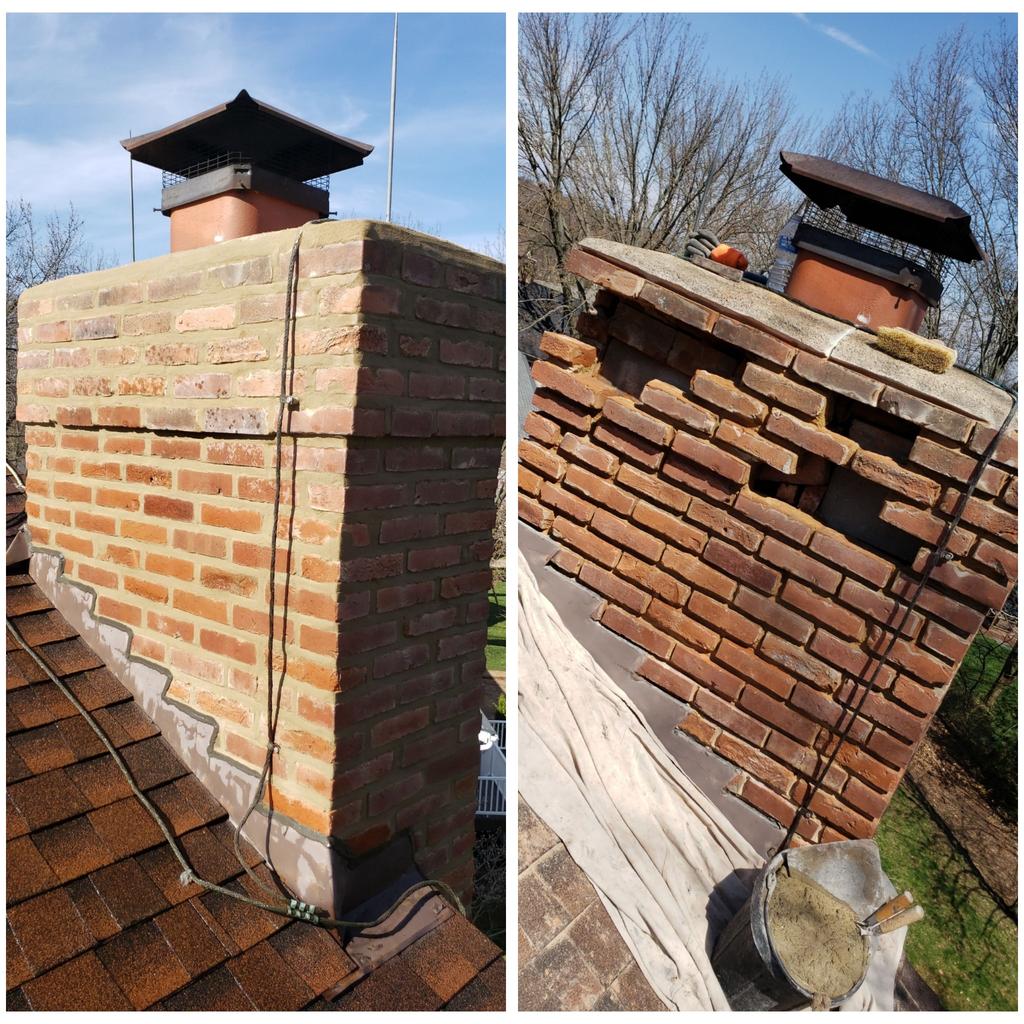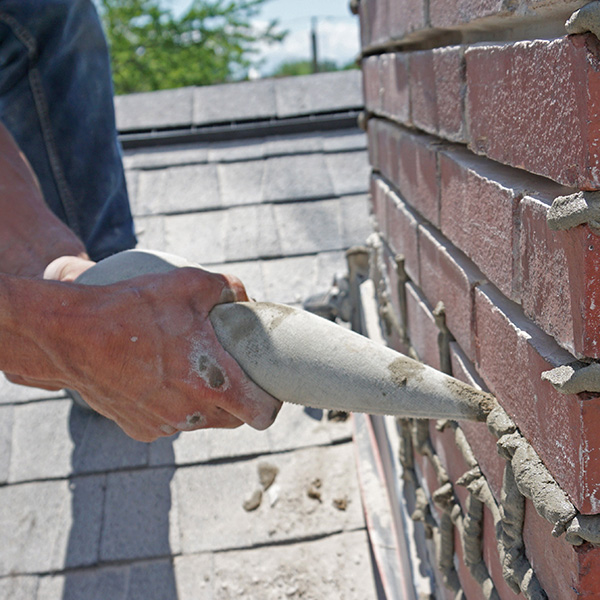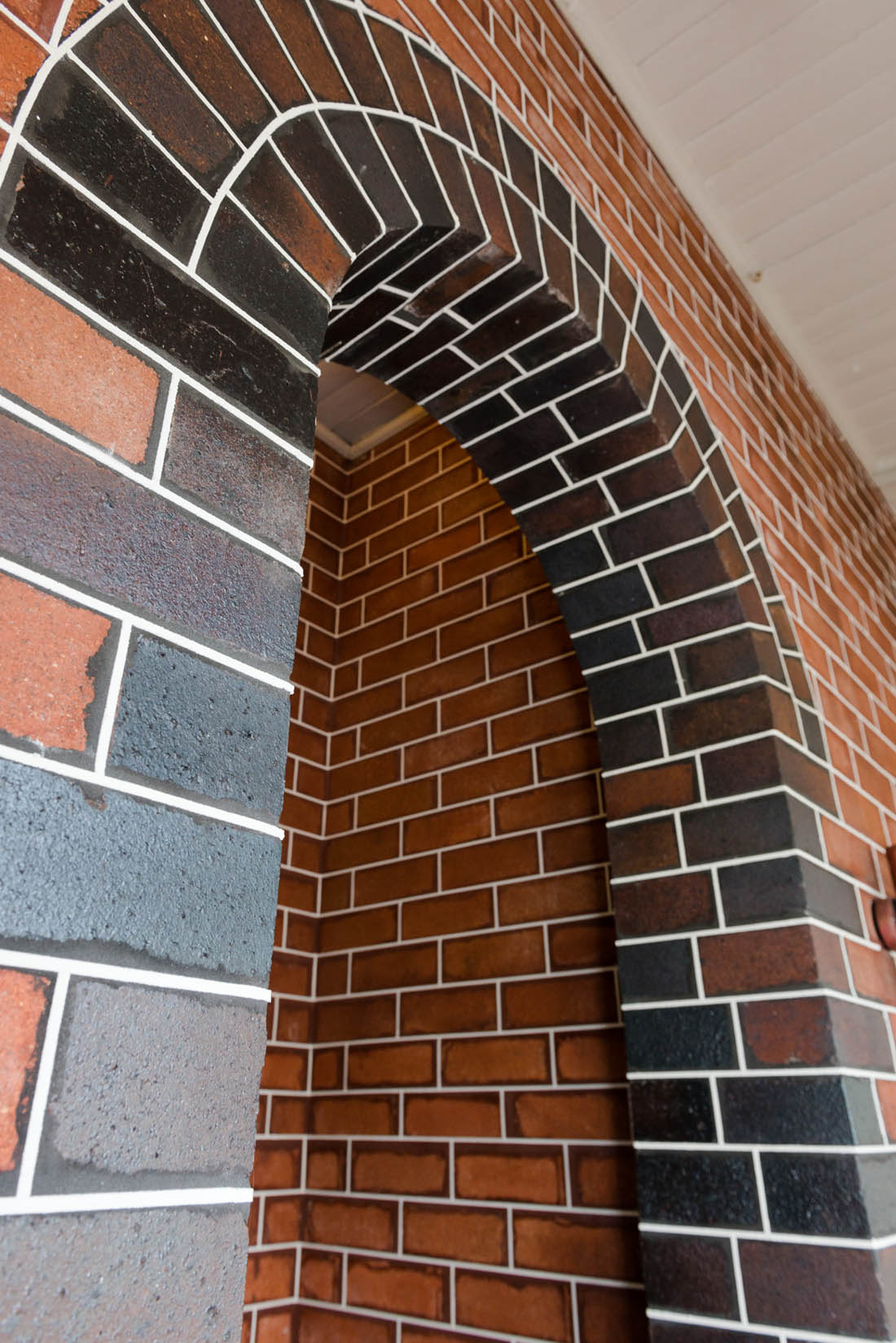Raul's Tuckpointing St. Louis MO: Establishing the Standard for Specialist Masonry Fixing
Wiki Article
Enhance the Elegance and Resilience of Your Brickwork With Tuckpointing
Brickwork has long been esteemed for its timeless elegance and sturdiness. Nonetheless, gradually, the mortar that holds those bricks with each other can deteriorate, leaving your framework vulnerable to damage and interfering with its aesthetic allure. Yet concern not, for there is a solution that can restore both the appeal and toughness of your brickwork: tuckpointing. This old-time method not just enhances the aesthetic charm of your brickwork, but likewise enhances its architectural honesty. However just what is tuckpointing and exactly how does it vary from repointing? And just how can you ensure that your tuckpointed brickwork continues to be in excellent problem? In this conversation, we will certainly discover the essentials of tuckpointing, its advantages, the distinction in between tuckpointing and repointing, the procedure itself, and the essential practices for caring and keeping for tuckpointed brickwork.The Fundamentals of Tuckpointing
Tuckpointing is a knowledgeable technique used to fix and boost the appearance and structural honesty of brickwork. It involves the procedure of removing shabby mortar joints and changing them with fresh mortar. The term "tuckpointing" refers to the technique of using two various shades of mortar to produce the impression of great joints, providing the brickwork an extra refined and cosmetically pleasing appearance.
The first action in tuckpointing is to very carefully evaluate the problem of the brickwork. This entails evaluating the mortar joints for indications of wear and tear, such as cracking, falling apart, or missing out on mortar. When the problem areas have been identified, the old mortar is carefully eliminated utilizing specialized devices, such as a grinder or carve, while making sure that the blocks themselves remain undamaged.
After the old mortar has been gotten rid of, the next action is to prepare the joints for fresh mortar. This commonly entails cleansing out any type of particles or loose material and moistening the joints to ensure proper bond. Then, a proficient tuckpointer makes use of an aiming trowel to meticulously fill up the joints with fresh mortar, seeing to it to create a flush and consistent surface area.
Benefits of Tuckpointing
Improving both the longevity and appearance of brickwork, tuckpointing deals a number of remarkable advantages for property owners and homeowner alike. One of the major benefits of tuckpointing is its ability to expand the life expectancy of block frameworks. By changing scrubby mortar joints, tuckpointing protects against moisture from permeating into the brickwork, which can result in architectural damages with time. This aids to preserve the honesty of the brickwork and extend its general sturdiness.Over time, mortar joints can end up being broken, faded, or blemished, taking away from the total look of the brickwork. Tuckpointing includes thoroughly getting rid of the harmed mortar and replacing it with fresh mortar of a contrasting color.
In enhancement to improving the longevity and appearance of brickwork, tuckpointing can additionally increase the value of a property. Properly maintained brickwork is viewed as a desirable feature by possible customers and can dramatically improve the curb allure of a home. When the time comes to place the building on the market., this can lead to a higher marketing price and a quicker sale.
Tuckpointing Vs. Repointing: What's the Difference?

To identify between tuckpointing and repointing, it is very important to understand the vital distinctions between these 2 techniques of brickwork remediation. While both methods intend to maintain the architectural honesty and visual allure of brickwork, they differ in their strategy and execution.
Tuckpointing is a careful procedure that involves applying two different shades of mortar to create the impression of great joints. This strategy is primarily made use of to enhance the visual charm of brickwork by developing the appearance of properly maintained and well-crafted joints. The colored mortar is carefully used and formed to match the shade and profile of the initial mortar, giving the perception of accuracy and craftsmanship.
On the other hand, repointing is an extra straightforward process that entails getting rid of broken or shabby mortar from the joints and changing it with fresh mortar. The primary objective of repointing is to bring back the structural integrity of the brickwork by making certain proper bonding and securing between the bricks. Unlike tuckpointing, repointing does not entail the usage of colored mortar or the creation of a decorative effect.
The Refine of Tuckpointing
The application of two different shades of mortar to create the impression of fine joints is a thorough procedure referred to as tuckpointing. This strategy includes removing scrubby mortar joints and replacing them with new mortar to boost the look and structural integrity of the brickwork. The procedure of tuckpointing can be divided right into several actions.First, the old mortar is carefully removed utilizing specialized devices such as mills and blades. It is essential to get rid of the mortar to an enough deepness to make sure a strong bond with the brand-new mortar.
Next, the joints are extensively cleaned to eliminate any particles or dirt. This helps to create a clean surface for the brand-new mortar to stick to.
When the joints are cleaned up, a thin layer of brand-new mortar is related to the joint utilizing a little directing trowel. This first layer, referred to as the "punctuating" mortar, is usually the exact same shade as the existing mortar.
After important site the preliminary layer has actually been used, a 2nd layer of mortar is applied on top of it. This second layer, called the "fillet" mortar, is a different shade and is meticulously formed to develop the impression of a fine joint.

Maintaining and Caring for Tuckpointed Brickwork
Once the tuckpointing procedure is finished, correct maintenance and care are important to preserve the enhanced elegance and toughness of the brickwork. This upkeep not only makes sure that the tuckpointed locations stay practical and undamaged however likewise helps to avoid any kind of prospective damage to the overall structure.One of the vital facets of keeping tuckpointed brickwork is normal cleansing. It is essential to stay clear of making use of any kind of rough chemicals or abrasive tools that can potentially damage the mortar or the bricks themselves.
In addition to cleansing, it is very important to check the tuckpointed locations occasionally. This enables the very early discovery of any type of indications of wear and tear or damages. Any type of fractures, loose mortar, or indications of water damage must be addressed promptly to stop additional degeneration.
In addition, guaranteeing proper drainage around the brickwork is crucial. Water merging or improper water drainage can result in moisture infiltration, which can damage the mortar and trigger structural damage. next page Clearing seamless gutters and downspouts consistently and making sure that they are appropriately guided away from the brickwork can aid protect against these problems.
Last but not least, it is recommended to seek advice from with a specialist tuckpointing specialist for normal maintenance and repair work. Their knowledge and experience can guarantee that any type of required repair work are done properly, maintaining the integrity and durability of the tuckpointed brickwork.
Verdict
In verdict, tuckpointing is an useful method for enhancing the appeal and sturdiness of brickwork. Tuckpointing includes the elimination and substitute of deteriorated mortar, resulting in a consistent and clean look.
It involves the process of eliminating tatty mortar joints and replacing them with fresh mortar. Raul's Tuckpointing St. Louis MO.After the old why not try this out mortar has been eliminated, the next step is to prepare the joints for fresh mortar. Tuckpointing entails meticulously removing the harmed mortar and replacing it with fresh mortar of a different color. The tinted mortar is thoroughly used and formed to match the shade and profile of the initial mortar, providing the perception of accuracy and workmanship

Report this wiki page